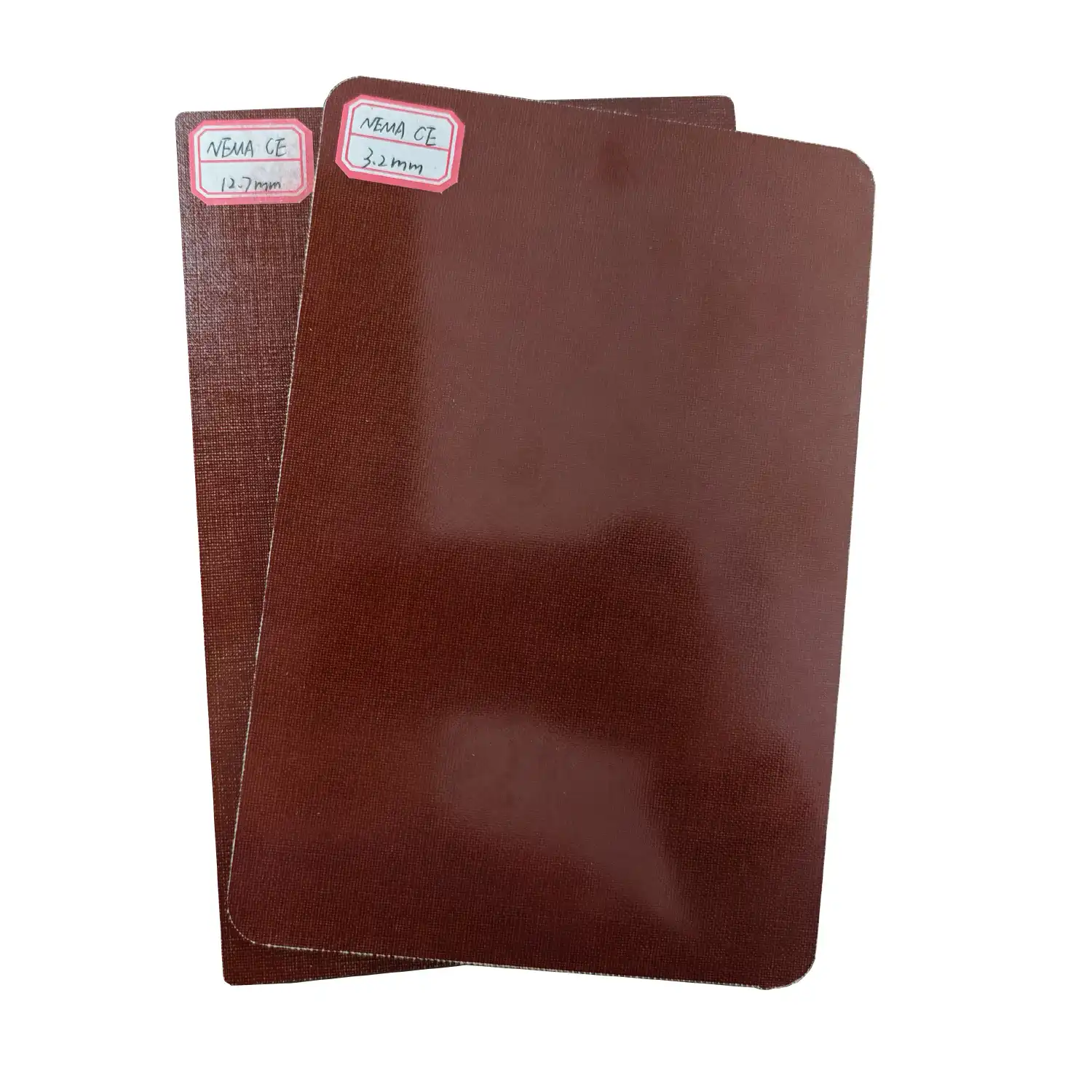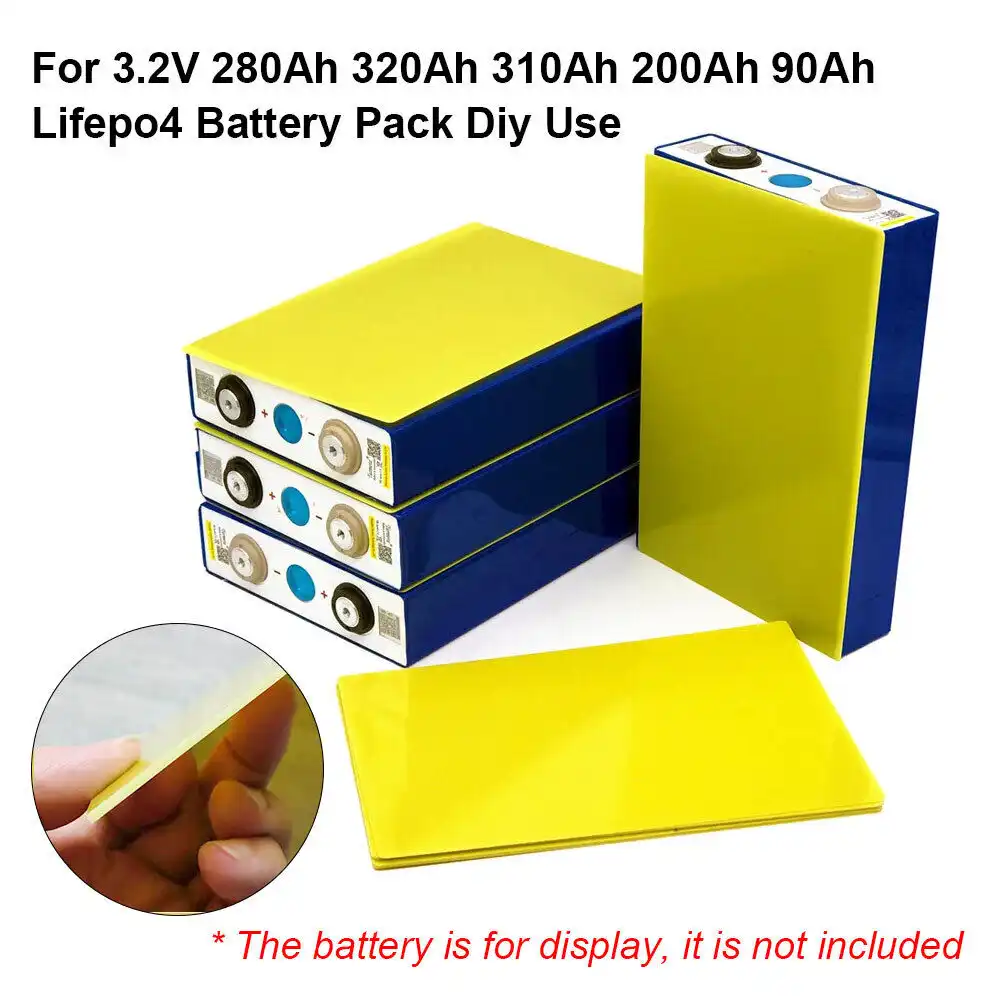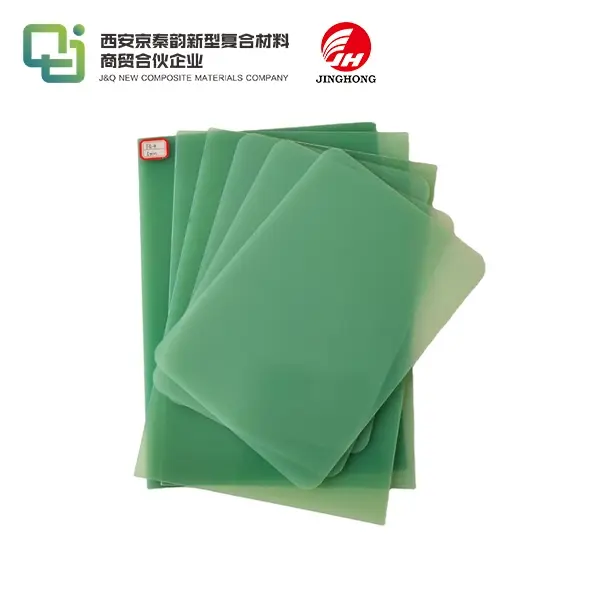Classification of glass fiber materials
2025-02-17 16:39:08
Glass fiber materials are categorized based on their composition, properties, and applications. The primary classifications include E-glass, S-glass, C-glass, and AR-glass. E-glass, the most common type, offers excellent electrical insulation and strength. S-glass provides superior strength and is used in aerospace applications. C-glass exhibits enhanced chemical resistance, making it suitable for corrosive environments. AR-glass, or alkali-resistant glass, is specifically designed for use in cement products. These classifications enable manufacturers and engineers to select the most appropriate glass fiber material for specific applications, considering factors such as strength requirements, chemical exposure, and electrical properties.
Types of Glass Fiber Materials
E-Glass: The Versatile Standard
E-glass, short for electrical glass, is the most widely used type of glass fiber material. Its popularity stems from its versatility and cost-effectiveness. E-glass fibers possess excellent electrical insulation properties, making them ideal for applications in the electronics industry. They also exhibit impressive strength-to-weight ratios, rendering them suitable for reinforcing composite materials in various sectors.
The composition of E-glass typically includes silicon dioxide, calcium oxide, aluminum oxide, and boron oxide. This unique blend of ingredients contributes to its outstanding mechanical properties and resistance to environmental factors. E-glass fibers are commonly used in the production of printed circuit boards, wind turbine blades, boat hulls, and automotive components.
S-Glass: High-Strength Solution
S-glass, or strength glass, is engineered to provide superior mechanical properties compared to E-glass. It boasts higher tensile strength, modulus of elasticity, and heat resistance. The composition of S-glass includes a higher percentage of silicon dioxide and aluminum oxide, along with magnesium oxide.
The enhanced strength characteristics of S-glass make it particularly valuable in aerospace and defense applications. It is frequently employed in the manufacturing of aircraft components, missile casings, and high-performance sporting goods. Despite its superior properties, S-glass is more expensive than E-glass, which limits its use to specialized applications where performance requirements justify the additional cost.
C-Glass: Chemical Resistance Champion
C-glass, also known as chemical glass, is formulated to provide enhanced resistance to chemical corrosion. Its composition includes a higher percentage of calcium oxide and lower amounts of aluminum oxide compared to E-glass. This unique formulation grants C-glass fibers superior resistance to acids, alkalis, and other corrosive substances.
The chemical resistance of C-glass makes it an excellent choice for applications in harsh environments. It is commonly used in the production of storage tanks, pipes, and linings for chemical processing equipment. C-glass fibers also find applications in the manufacturing of battery separators and filtration systems, where resistance to chemical attack is crucial.
Properties and Applications
Mechanical Properties
The mechanical properties of glass fiber materials play a crucial role in determining their suitability for various applications. These properties include tensile strength, modulus of elasticity, and impact resistance. E-glass, for instance, offers a good balance of strength and stiffness, making it suitable for a wide range of structural applications. S-glass, with its higher tensile strength and modulus, is preferred in high-performance scenarios where weight reduction is critical.
The impact resistance of glass fibers is another essential mechanical property. This characteristic is particularly important in applications where the material may be subjected to sudden loads or impacts. Glass fiber reinforced composites exhibit excellent impact resistance, making them ideal for use in protective gear, automotive components, and aerospace structures.
Thermal Properties
The thermal properties of glass fiber materials are crucial in applications involving exposure to high temperatures or rapid temperature changes. These properties include thermal conductivity, coefficient of thermal expansion, and heat resistance. Glass fibers generally exhibit low thermal conductivity, making them excellent insulators.
Different types of glass fibers display varying degrees of heat resistance. For example, S-glass maintains its mechanical properties at higher temperatures compared to E-glass. This characteristic makes S-glass suitable for applications in high-temperature environments, such as aerospace components and industrial furnace linings. The low coefficient of thermal expansion of glass fibers also contributes to their dimensional stability in temperature-varying conditions.
Electrical Properties
The electrical properties of glass fiber materials are of paramount importance in many applications, particularly in the electronics and electrical industries. These properties include electrical resistivity, dielectric strength, and dielectric constant. E-glass, with its excellent electrical insulation properties, is widely used in the production of printed circuit boards and electrical insulators.
The dielectric strength of glass fibers, which measures their capacity to withstand electric areas without breaking down, is a basic figure in high-voltage applications. The low dielectric consistent of glass strands too makes them profitable in high-frequency electronic applications, where flag astuteness is vital. These electrical properties contribute to the far reaching utilize of glass fiber materials in the fabricating of electrical components, transformers, and communication equipment.

Manufacturing Processes and Innovations
Fiber Drawing Techniques
The manufacturing of glass fibers involves sophisticated drawing techniques that transform molten glass into fine, continuous filaments. The most common method is the continuous filament process, where molten glass is extruded through tiny orifices in a platinum bushing. As the glass emerges, it is rapidly cooled and drawn into fibers with precise diameters.
Innovations in fiber drawing techniques have led to improvements in fiber quality and production efficiency. Advanced temperature control systems and high-precision drawing equipment enable manufacturers to produce glass fibers with consistent properties and minimal defects. Some cutting-edge techniques incorporate in-line coating processes, where sizing agents are applied to the fibers immediately after drawing to enhance their handling characteristics and compatibility with matrix materials.
Surface Treatments and Sizing
Surface treatments and sizing agents play a crucial role in enhancing the performance of glass fibers. These treatments modify the surface chemistry of the fibers, improving their adhesion to matrix materials in composite applications. Sizing agents also protect the fibers from damage during handling and processing.
Recent innovations in surface treatments have focused on developing environmentally friendly and multifunctional sizing agents. These advanced formulations not only improve fiber-matrix adhesion but also impart additional properties such as flame retardancy or antimicrobial characteristics. Some manufacturers are exploring nanotechnology-based surface treatments to create glass fibers with enhanced properties at the molecular level.
Recycling and Sustainability
As environmental concerns gain prominence, the glass fiber industry is increasingly focusing on recycling and sustainability initiatives. Traditional glass fiber products have been challenging to recycle due to their composite nature. However, innovative recycling technologies are emerging to address this issue.
One promising approach involves pyrolysis processes that separate glass fibers from polymer matrices in composite materials. These reclaimed fibers can then be reprocessed and used in new applications, reducing waste and conserving resources. Some manufacturers are also exploring bio-based alternatives to traditional glass fiber sizing agents, aiming to reduce the environmental impact of production processes. These sustainability efforts are not only environmentally responsible but also align with growing market demands for eco-friendly materials.
Conclusion
The classification of glass fiber materials extends beyond the basic types discussed, encompassing a wide range of specialized formulations tailored for specific applications. As technology advances, new glass fiber compositions and manufacturing techniques continue to emerge, pushing the boundaries of material performance. The ongoing research in nanomaterials and hybrid composites promises to further expand the capabilities of glass fiber materials. By understanding the classifications, properties, and manufacturing processes of glass fibers, engineers and designers can make informed decisions to leverage these versatile materials in innovative ways across various industries.
Contact Us
For more information about our insulating sheet products (FR4 sheet,3240 epoxy sheet,bakelite board,phenolic cotton sheet) and our expertise in glass fiber materials, please contact us at info@jhd-material.com. Our team of experienced professionals is ready to assist you in selecting the ideal glass fiber solution for your specific needs.
References
1. Johnson, A. R., & Smith, B. T. (2019). Advanced Glass Fiber Materials: Properties and Applications. Materials Science and Engineering, 45(3), 287-301.
2. Zhang, L., & Chen, X. (2020). Innovations in Glass Fiber Manufacturing: A Comprehensive Review. Journal of Composite Materials, 54(12), 1689-1710.
3. Brown, E. M., & Davis, R. K. (2018). Electrical Properties of Glass Fiber Reinforced Composites. IEEE Transactions on Dielectrics and Electrical Insulation, 25(4), 1245-1257.
4. Patel, N., & Wilson, J. (2021). Sustainability in the Glass Fiber Industry: Challenges and Opportunities. Green Materials, 9(2), 78-95.
5. Lee, S. H., & Kim, Y. J. (2017). Surface Treatments for Glass Fibers: Enhancing Performance in Composite Applications. Composites Part A: Applied Science and Manufacturing, 100, 121-134.
6. Fernandez, M., & Garcia, A. (2022). Thermal Properties of Advanced Glass Fiber Materials: A Comparative Study. Journal of Thermal Analysis and Calorimetry, 147(8), 4523-4537.







